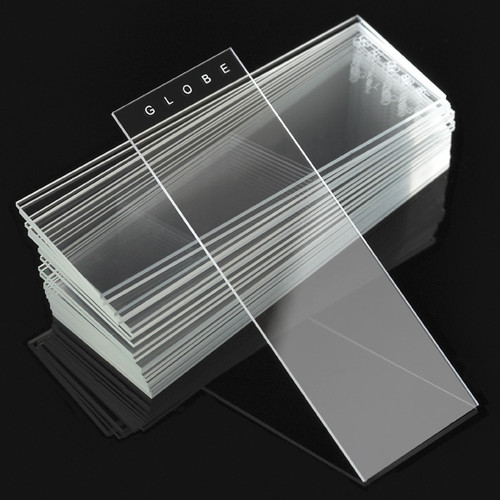When working with a microscope, the phrase “2 glass rectangles for microscope” refers to the fundamental components: the microscope slide and the cover slip. These two glass rectangles are essential for holding and preserving specimens for accurate microscopic analysis. Whether you’re a student, researcher, or hobbyist, understanding the use and importance of these glass components is key to successful microscopy.
Table of Contents
- Introduction to the 2 Glass Rectangles for Microscope
- What Are the 2 Glass Rectangles?
a. The Microscope Slide
b. The Cover Slip - Key Features and Importance
a. Specimen Protection
b. Enhanced Clarity
c. Sample Stability - How to Use the 2 Glass Rectangles for Microscope
a. Preparing the Slide
b. Applying the Cover Slip
c. Tips for Optimal Viewing - Why the 2 Glass Rectangles Matter in Microscopy
- Conclusion
Introduction to the 2 Glass Rectangles for Microscope
Microscopes rely on more than just magnification; the tools used to hold the specimens are equally crucial. The two glass rectangles used in microscopy — the microscope slide and the cover slip — provide a secure and transparent environment for observing specimens with clarity and precision. These simple yet indispensable tools are the backbone of biological, medical, and scientific research.
What Are the 2 Glass Rectangles?
a. The Microscope Slide
The first glass rectangle is the microscope slide, a flat, rectangular piece of glass (usually 25mm x 75mm in size). This slide serves as the platform on which the specimen is placed. Slides are designed to be transparent, allowing light to pass through the specimen when examined under the microscope. They can accommodate anything from biological cells to thin slices of tissue, making them crucial for various fields of study.
b. The Cover Slip
The second glass rectangle, the cover slip, is much thinner and smaller (typically 20mm x 20mm). This delicate piece of glass is placed over the specimen on the slide to flatten it and protect it from contamination. The cover slip also ensures that the specimen remains in place during observation, preventing it from shifting under the microscope.
Key Features and Importance
a. Specimen Protection
Both the microscope slide and cover slip work together to protect the specimen. The slide provides a stable base, while the cover slip prevents dust, air, or damage from affecting the sample. This combination is especially important in scientific research, where even the slightest contamination could skew results.
b. Enhanced Clarity
The use of these two glass rectangles ensures that the light passing through the microscope is unobstructed. The transparency of the glass allows for optimal illumination, enhancing the clarity of the image seen through the lens. This is crucial for detailed studies of cells, microorganisms, and other small structures.
c. Sample Stability
The flat, even surface created by the cover slip helps to stabilize the sample, ensuring it remains in focus during the observation process. Without this stability, the sample could shift, making it difficult to observe fine details.
How to Use the 2 Glass Rectangles for Microscope
a. Preparing the Slide
To begin, place the specimen onto the glass microscope slide. The sample can be solid (like tissue) or liquid (such as a drop of water containing microorganisms). Ensure the specimen is properly positioned in the center of the slide for easy viewing.
b. Applying the Cover Slip
Carefully place the cover slip over the specimen. If the sample is liquid, gently lower the cover slip at an angle to avoid trapping air bubbles. The cover slip should lie flat on the slide, with the specimen securely sandwiched between the two glass rectangles.
c. Tips for Optimal Viewing
- Always clean both the microscope slide and cover slip before use to avoid any smudges or dust.
- Ensure the specimen is thin and evenly spread out to allow for the best light transmission.
- Store slides and cover slips in a clean, dry place to maintain their clarity for future use.
Why the 2 Glass Rectangles Matter in Microscopy
The use of 2 glass rectangles for microscopes is fundamental to achieving accurate, detailed observations. These components ensure that the specimen is visible, stable, and protected, allowing researchers and students to gather reliable data. Without the use of a microscope slide and cover slip, the clarity and precision needed for microscopic analysis would be compromised.
Conclusion
The simple combination of 2 glass rectangles for microscopes — the slide and cover slip — plays an essential role in microscopy. Their ability to protect specimens, provide clarity, and maintain stability makes them indispensable tools for scientific research, education, and medical diagnostics. Understanding how to properly use these glass components can significantly enhance your microscopic experience, ensuring you achieve accurate and detailed observations.
for more storeis viasit us Alginate Molding Powder: A Versatile Material for Accurate Impressions



